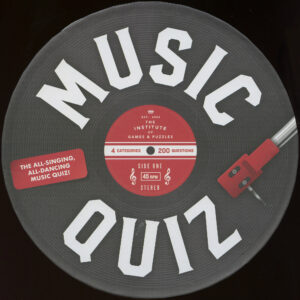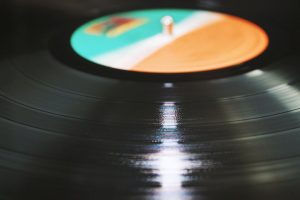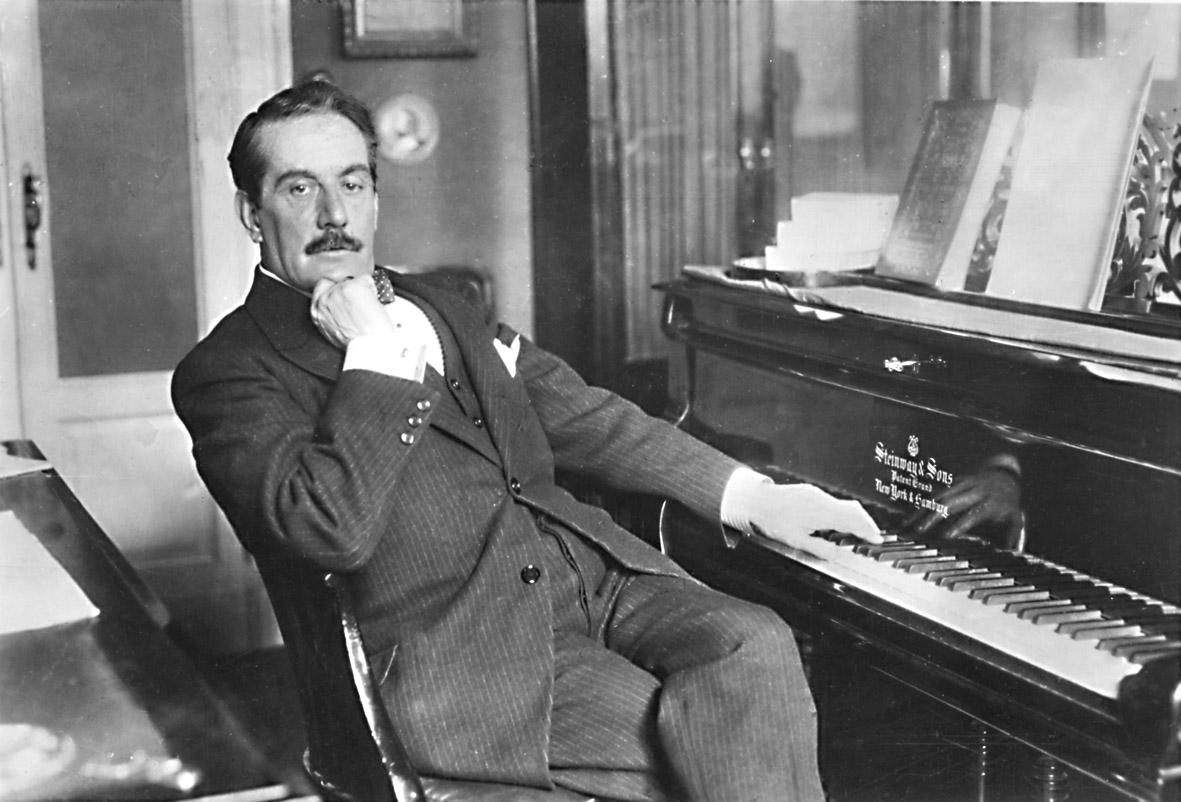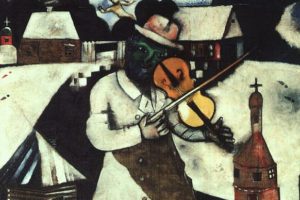Andrés Segovia – formally, Andrés Segovia Torres, 1st Marquis of Salobreña – was one of the greatest and most influential guitarists ever. He was born in Linares, Jaén, Spain in 1893 and died in Madrid in 1987.
Wikipedia says that Segovia was known for his virtuoso player as well as his transcriptions of classical and baroque works. He was an expressive player with a wide range of tone and his distinctive musical personality, style and phrasing.
AllMusic stresses the point that Segovia was self-taught. There is some disagreement between the profiles over who Segovia lived with and their attitude towards his music. In any case, the fact that he had no teacher led him to develop a unique technique. The difference from many situations in which people teach themselves is that Segovia’s improvised technique was superior to what was common at the time.
Wikipedia adds that Segovia was instrumental — there was no other word that fit there — in bringing the guitar into the classical orchestra. The profile goes deeply into Segovia’s many accomplishments. The bottom line is that he was an important figure in the development and acceptance of the guitar. Many of his students became well known virtuosos.
It is not all light, however. One of Segovia’s students was the guitarist John Williams, an Australian who now lives in the U.K. A biography was published a couple of years ago. Williams claimed that Segovia was a bully who looked down upon music without the right pedigree, that he used harsh teaching methods that were “unsympathetic” and “unhelpful” and bullied young students.
Above is Bach’s “Gavootte” 1 and 2 and below is “Asturias”by Issac Albeniz.
Wikipedia, AllMusic and The Guardian were used for this post. Home page image: Arturo Espinoza.










